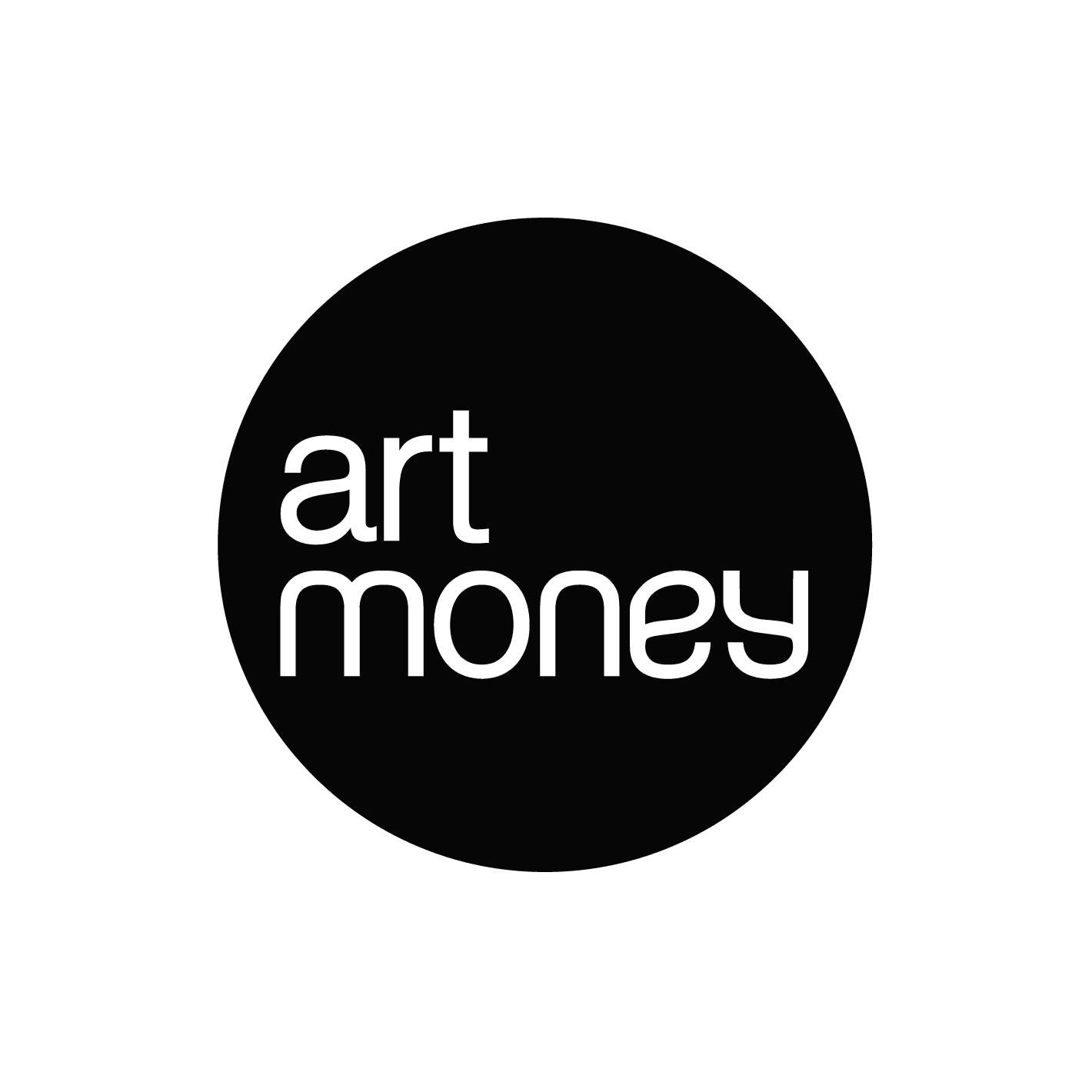“I believe spiritual presence in art has the potential to challenge and change the perspectives of existing world views and fundamentally contribute to the wellbeing of mankind.”
Zimbabwean artist Whitney-Jade Halsted is a watercolour painter whose experiments in beauty and abstracted form create a sense of movement, and other worldliness. Pools of pigment and brushstroke evoke a dynamism and across the surface we detect the traces of figuration and memory. This is a place of “unknowing, intuition and becoming.”
Halsted notes: “As a watercolorist, I regard the very medium of painting as a method to explore wilding through means of regulating movement in relation to unconstrained motion. Doing so connects form to the formless, making visible the invisible traces between objects and subjects that releases or unchains the potential for transformation from that which has been bounded.” Indeed, the artist’s work is characterized by a balance of control and expression. Within these terrains of decorative patterning and abstracted pigment there is a kinetic energy that draws from the life of animals, interspersed with imagery of furnishings, flora and fauna reconfigured through both elemental processes and biomorphic forms.
To create this mesmerizing work, Halsted begins by drawing and painting figures on paper. She carefully selects natural pigment pooling water, bleeds, and stains, plotting paint and flow through what she describes as an “ ungoverned activity that pushes represented subjects to become non-represented forms.” The potential of paint colours informs the path to abstraction, and in doing so pulls apart structure between imagery and setting. As the work develops: “the deconstruction of figures queries the symbolic nature of representation such that the material process is foregrounded. This is echoed in the work bringing attention to the characteristics of pigments themselves that leads to the manifestation of shapes in the form of balancing rocks in the paintings as the primal base for most natural pigments.”
Artistic process guides the work, and the painter explains that it is just this “intuitive action” that determines the final compositions. Within these images there resides a spiritual presence transforming “feelings of loss, sadness and displacement associated with symptoms of modernity and imperialist thinking.”
The resulting work has a certain quiet beauty, a peacefulness emanating from an alchemical task, representing “notions of the wild.” Indeed, the artist shares that she perceives much of the natural world as a feminine force, animals, plants, trees, rivers, ponds, wind, and rain, whereas the structure of nature is male. For Halsted, these elements remain inseparable and interact symbiotically to negotiate a fusion of “figural and abstract.”
Rosa JH Berland

